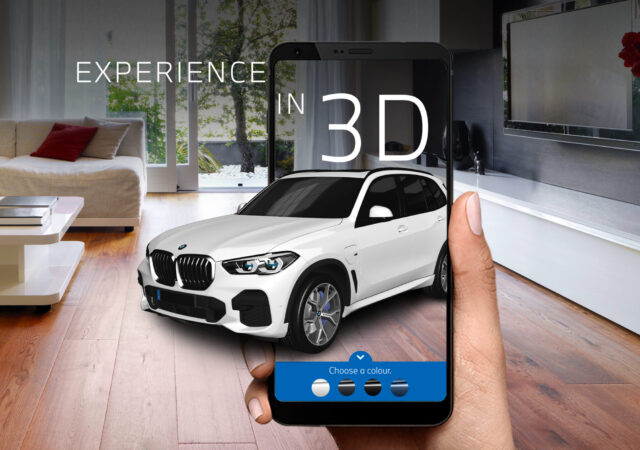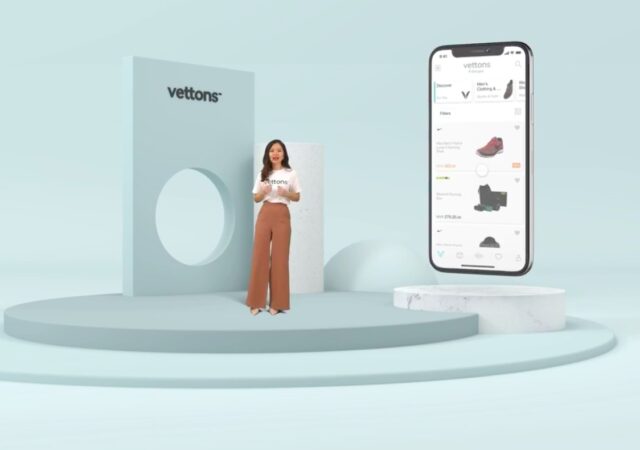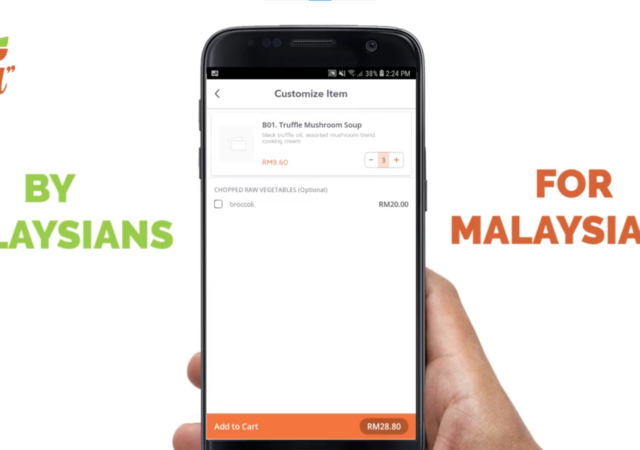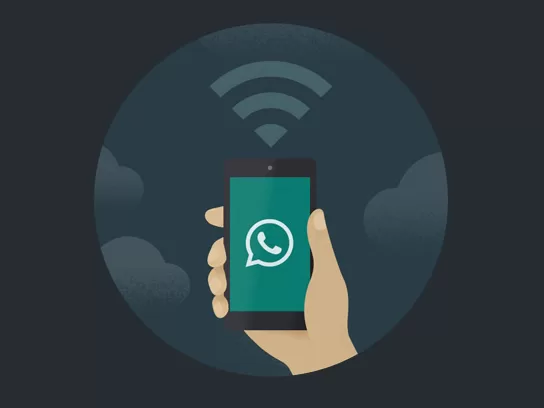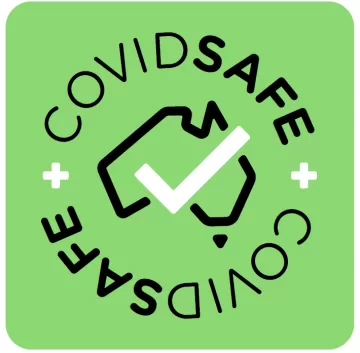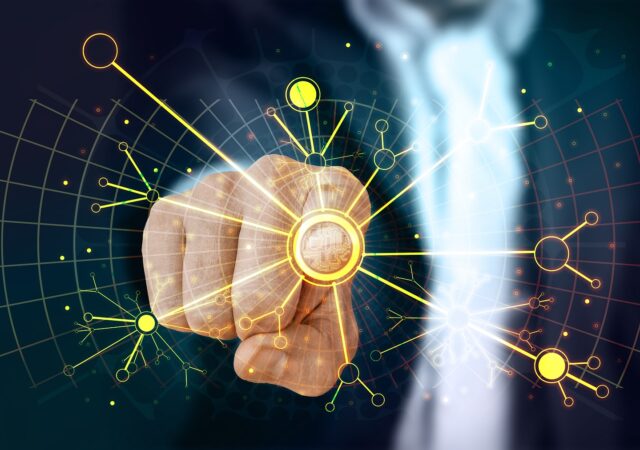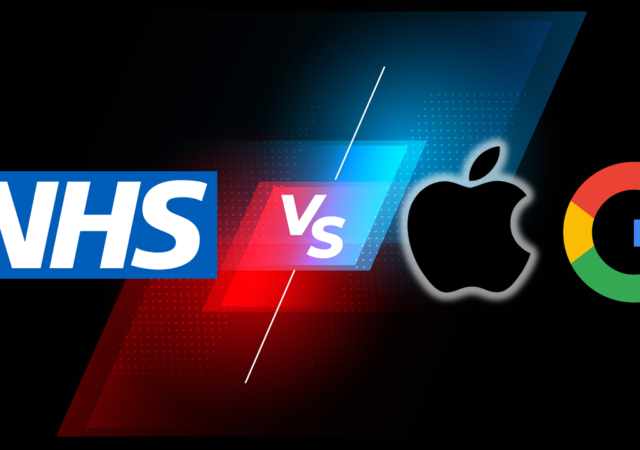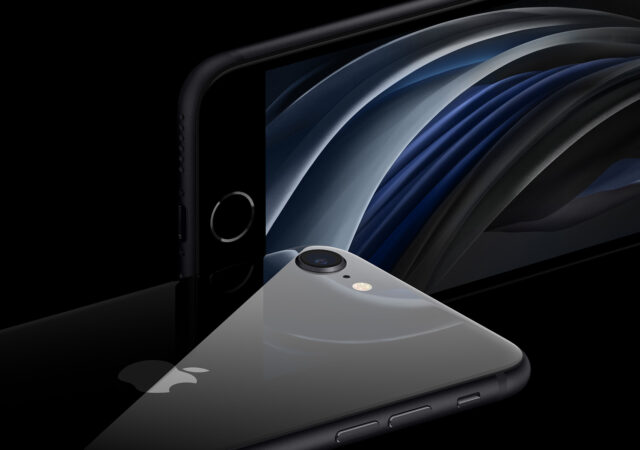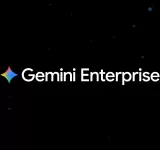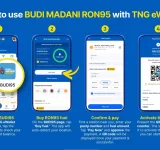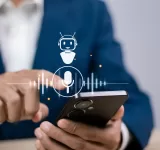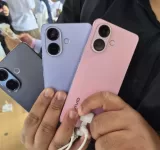Virtual Showrooms – the New Normal
Now You can Have Your Own BMW X5 xDrive45e M Sport, Just Use Your Smartphone!
BMW just launched their new X5 with just under 400 hp on all wheels. The BMW X5 also launched with an AR app as a sort of virtual showroom.
Another E-Commerce Challenger Has Entered the Ring – Vettons Launches
Vettons is Malaysia’s latest e-commerce platform with a clever twist and 24-hours delivery.
Support Local Eateries with EatLokal
EatLokal launches in early access bringing local, neighbourhood restaurants closer to their patrons. The new food delivery service will make it more affordable for restaurants to get their food into their patrons tummies.
WhatsApp Dark Mode now Available on Web and Desktop app – Still not a Good Reason to Ghost People
WhatsApp introduces their highly successful Dark Mode from their iOS and Android app to their web and desktop app.
Video Calling on Telegram App; Finally, but Not Yet
Telegram has announced that they are looking to add video calling features on their app in 2020. With more than 400 Million monthly users worldwide, the platform is one of the largest messenger apps to not have video calling feature.
[COVID-19] Australia is Next in Launching COVID-19 Contact Tracing App
Australia is the next region to launh their own COVID-19 contact tracing app. The app is based on Singapore’s TraceTogether app. There are some security and privacy concerns that comes with the app though.
Is Privacy Our Sole Concern With Contact Tracing Technology?
This week the Guardian reported an alleged ‘standoff’ between the NHSX (the digital innovation arm of the NHS) and tech giants Google and Apple regarding the deployment of contact tracing technology aimed at curbing the spread of the Covid-19 virus.…
Google & Apple at Odds with UK’s NHS over Contact Tracing
Google and Apple hit their first speedhump in developing a cross platform contact tracing API with the UK’s NHS.
Apple Stuns with New iPhone SE Prices Start at only MYR1,999
Apple announces a new entry into its iPhone series with the new iPhone SE looking to compete in the more affordable space with starting at only MYR1,999.




